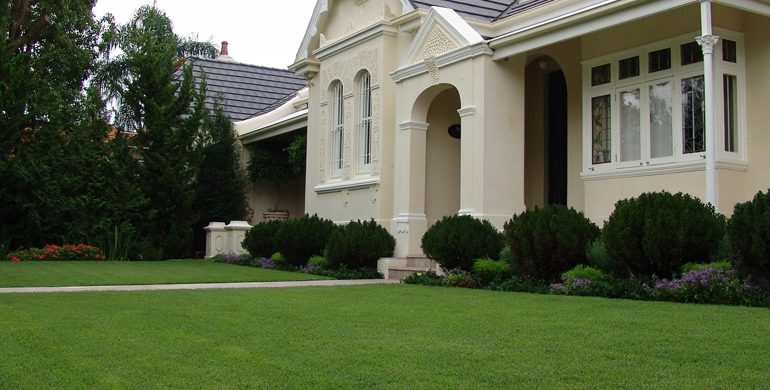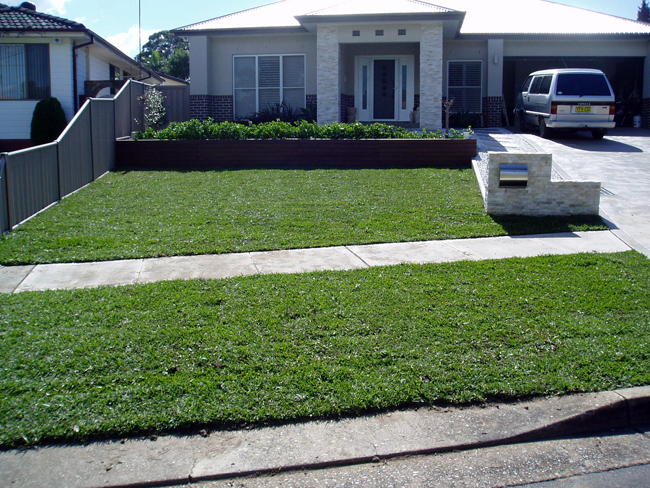All You Need To Know About Santa Ana Couch
Santa Ana Couch is known to be the oldest type of couch. Though very similar to other varieties of couch, Santa Ana Couch does not produce many seeds in comparison to other varieties. It’s leafs have a lush green color with a fine texture. It is among the finest of couch varieties not to mention it makes an amazing disease resistant lawn.
During establishment, it demands frequent watering but withstands drought after establishment. This type of couch is best suited for places with ten-twenty percent shade coverage per day.
Santa Ana Couch looks amazing mow short; can be mowed down to a ground height of eight-twenty millimeters and still continue to flourish.
Recommended Usage of Santa Ana Couch
Its medium growth rate makes Santa Ana Couch highly tolerant to low frequency mowing and its dense leaf blades makes it tolerant to wear. For these reasons it is highly suitable to serve in sports fields, golf courses, public and residential recreational areas.
Other Characteristics of Santa Ana Couch:
- Extremely fine rolling texture
- Hard-wearing and self repairing
- Deep root system
- Requires minimal mowing
- Highly resistant to herbicides
- Highly tolerant to diseases and weeds
- Grows perfectly in full sunlight conditions
During winter, depending on the frequency of snowing, it undergoes a dormancy period allowing it to survive through winter.
Maintenance of Santa Ana Couch
Mowing:
During the hot periods, mow after every seven-ten days and during the cold season, mow after every two-four weeks. During the warm periods maintain the maximum height of Santa Ana in order to improve its ability to retain moisture and color.
Watering:
Water the couch thoroughly during establishment to encourage vigorous and deep root growth. After full establishment of the root system is full, water after every three-five days during the summer periods. On sandy soils, watering should be done more frequently.
Fertilizing:
Use fertilizers rich in nitrogen in case you need a quick green up, always use fertilizer as instructed by an expert.


